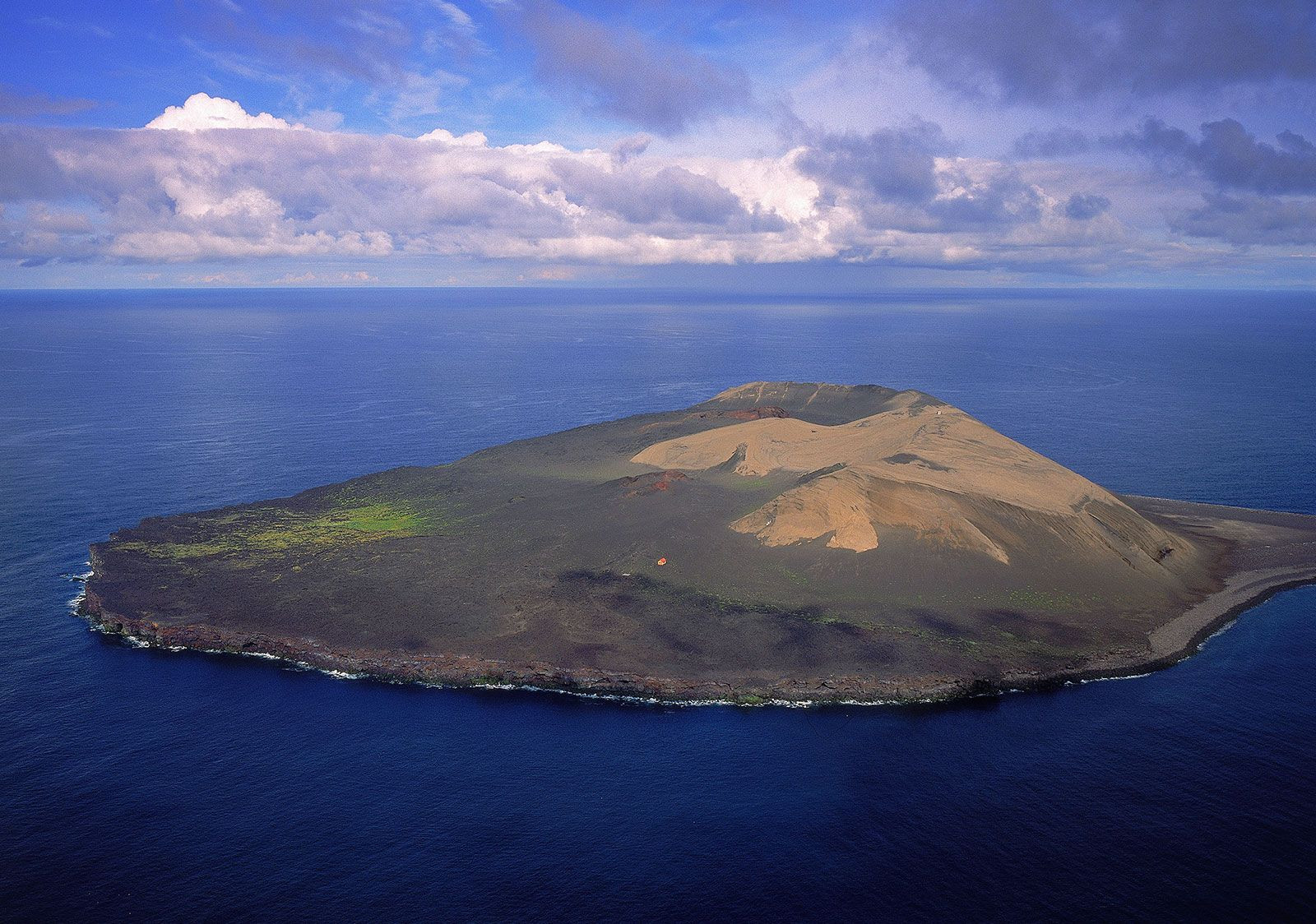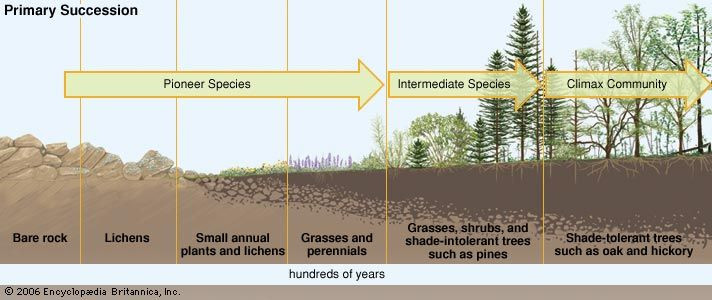Pioneer plants are nature’s trailblazers, the hardy species that are the first to colonize barren or disturbed environments. These resilient organisms play a crucial role in ecological succession, paving the way for more complex and diverse ecosystems. Understanding pioneer plants is essential for grasping the dynamics of ecological recovery and the fascinating processes of nature’s resilience.
What exactly are pioneer plants? These are typically hardy species adapted to survive in harsh conditions where competition from other plants is minimal due to the lack of established vegetation. They are the first to arrive and establish themselves in areas devoid of life or significantly disrupted, such as volcanic lava flows, bare rock surfaces, or areas cleared by fire or glaciers. Pioneer plants are characterized by their ability to tolerate nutrient-poor soils, extreme temperatures, and limited water availability.
Several types of organisms serve as pioneer species, playing distinct roles in initiating ecological succession. Microorganisms, often bacteria and algae, are among the earliest colonizers. They can be found even before visible plant life, thriving on bare rock and glacial surfaces. These microscopic pioneers begin the process of nutrient cycling and soil formation.
Lichens are another prominent example of pioneer species. These unique organisms are a symbiotic partnership between fungi and algae. Lichens are incredibly hardy and can grow on bare rock, extracting nutrients from the air and rainwater. They secrete acids that slowly break down the rock surface, contributing to the initial stages of soil development. As lichens decompose, they add organic matter, further enriching the nascent soil.
Mosses also play a vital role as pioneer plants. Like lichens, mosses can colonize bare rock and contribute to soil formation through the acids they release and the organic matter they contribute when they die and decompose. Mosses help to retain moisture and stabilize the substrate, creating more favorable conditions for subsequent plant colonization.
 Surtsey Island, Iceland, exemplifies primary succession after volcanic eruption, showcasing pioneer plant colonization.
Surtsey Island, Iceland, exemplifies primary succession after volcanic eruption, showcasing pioneer plant colonization.
Vascular plants, including certain grasses, ferns, and flowering plants, also act as pioneer species in many environments. For instance, on the volcanic island of Surtsey, Iceland, which emerged from the sea in the 1960s, sea rocket (Cakile arctica), sand ryegrass (Leymus arenarius), and oysterleaf (Mertensia maritima) were among the first plants to colonize the barren landscape. These plants are adapted to dispersal by wind or water and can germinate and grow in minimal soil conditions.
The process of colonization by pioneer plants is known as primary succession when it occurs in previously lifeless areas like bare rock. Pioneer species alter the environment, making it more hospitable for other species. They build soil, increase nutrient availability, and provide shade and shelter. This gradual modification of the environment allows for the establishment of intermediate species, such as grasses and shrubs, which are then followed by larger trees, eventually leading to a climax community, a stable and mature ecosystem.
 Diagram illustrating primary ecological succession, starting with pioneer species on bare rock and progressing to a climax community over time.
Diagram illustrating primary ecological succession, starting with pioneer species on bare rock and progressing to a climax community over time.
Pioneer plants are not merely the first inhabitants; they are ecological engineers. Their presence is crucial for initiating and driving the process of ecological succession. Without these hardy colonizers, barren landscapes would remain desolate for much longer. Pioneer plants are fundamental to ecosystem development, biodiversity, and the continuous cycle of ecological renewal. Their ability to thrive where others cannot underscores their importance in the natural world and their role in creating the ecosystems we see around us.
